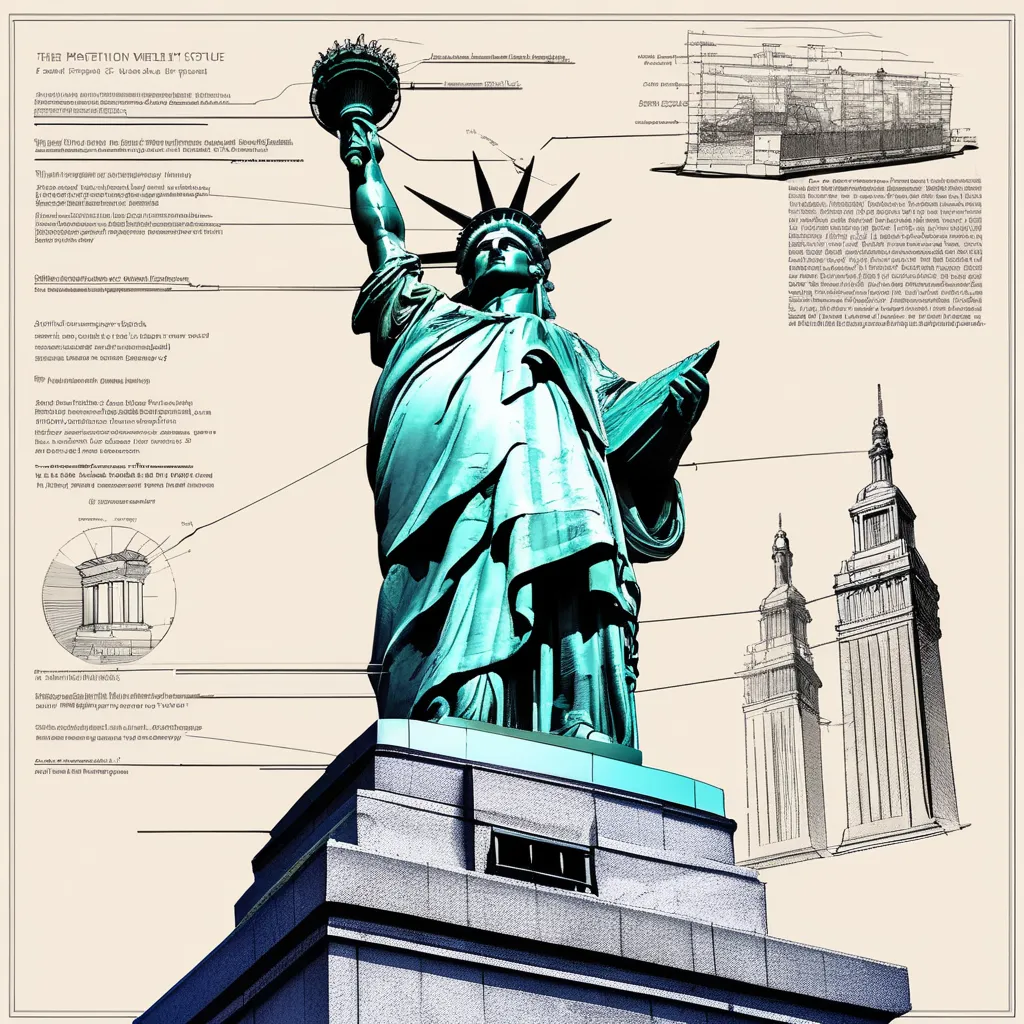- Accommodating New Technologies
2004 Expectation:
— The U.S. patent system had shown flexibility in extending patents to biotechnology, software, and business methods.
2024 Reality:
— The system continued to adapt to emerging technologies:
— AI and Machine Learning: USPTO issued guidelines addressing inventorship and patent eligibility.
— Blockchain and Cryptocurrencies: Increased patent activity, with USPTO developing relevant expertise.
— Advanced Biotechnology: Ongoing debates about patentability of CRISPR (clustered regularly interspaced short palindromic repeats) and gene editing technologies.
— 3D Printing and Additive Manufacturing: Patents cover both processes and products.
- Patent Quality and Non-Obviousness Standard
2004 Concern:
— Lax standards and examiner performance issues; recommendation to «reinvigorate the non-obviousness standard.»
2024 Progress:
— USPTO implemented the Patent Quality Assurance program.
— 2007 KSR v. Teleflex Supreme Court decision raised the bar for non-obviousness.
— Concerns persist, particularly for software and business method patents.
- Post-Grant Review and Challenges
2004 Recommendation:
— Institute an «Open Review procedure» for third-party challenges to issued patents.
2024 Implementation:
— America Invents Act (2011) introduced new procedures:
— Inter Partes Review (IPR) and Post-Grant Review (PGR)
— Establishment of the Patent Trial and Appeal Board (PTAB)
— These procedures became popular alternatives to litigation for patent validity challenges.
- USPTO Capabilities and Resources
2004 Recommendation:
— Provide additional resources to improve examination quality and implement electronic processing.
2024 Improvements:
— Significant enhancement of electronic filing and processing systems.
— Increased workforce with telework programs to attract and retain skilled examiners.
— Exploration of AI and machine learning tools for prior art searches and examination.
- International Harmonization
2004 Goal:
— Greater harmonization of patent examination procedures and standards among the U.S., Europe, and Japan.
2024 Progress:
— Streamlined and widely adopted Patent Cooperation Treaty (PCT) system.
— Expanded Patent Prosecution Highway (PPH) program facilitating work-sharing between offices.
— U.S. adopted first-to-file system, aligning with other countries.
— Ongoing efforts towards substantive patent law harmonization through forums like IP5.
Conclusion
Overall, vingt ans après, while the patent system has evolved to address many of the issues highlighted in 2004, new challenges have emerged with the rapid advancement of technology and the increasing globalization of innovation. Continuous adaptation and refinement of the patent system remain necessary to balance the needs of innovators, industries, and the public interest.




